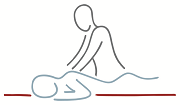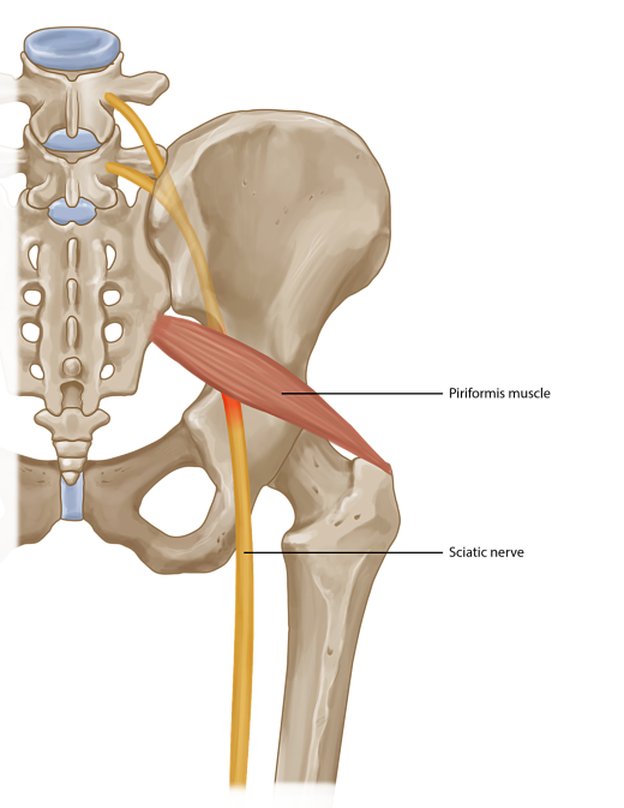The Piriformis muscle is located in the buttocks, beneath the Gluteus Maximus . It runs diagonally from the Sacrum (base of spine) to the top of the Femur (thigh bone) and rotates the hip outwards. It is used to stabilise the hip during walking, running, cycling and climbing so is a very important muscle to look after. Unfortunately, it is located next to the Sciatic nerve which controls the legs and feet.
Piriformis Syndrome is the name given when tightness of the Piriformis muscle irritates the Sciatic nerve and causes pain or tingling in the buttocks, lower back and legs. This is usually an overuse injury and symptoms can feel worse after sitting for long periods as the muscle seizes up.Piriformis tightness and the associated pain can be managed with some simple techniques. If these DO NOT improve the situation, then medical advice should be sought.
Ice packs will reduce any inflammation in the area. Be careful to cover the pack before placing on the skin. This can be useful if injury is suspected as part of the P.R.I.C.E. protocol of acute injury management.
Heat packs will help to relax the muscle if no injury is suspected. Again, make sure the pack does not directly touch the skin.
Gentle stretching of the Piriformis should be undertaken several times a day. Your stretching regime should also include the Hamstrings and lower back to relax the whole area. Foam Rolling or targeting release with a firm ball can help to loosen the tight muscle. Soft Tissue Therapy or Sports massage will be able to relax the whole area and target the muscles that are causing the problem. Treatment from a trained therapist should also include assisted stretching and “homework” advice.
Please get in touch if you would like my help.

